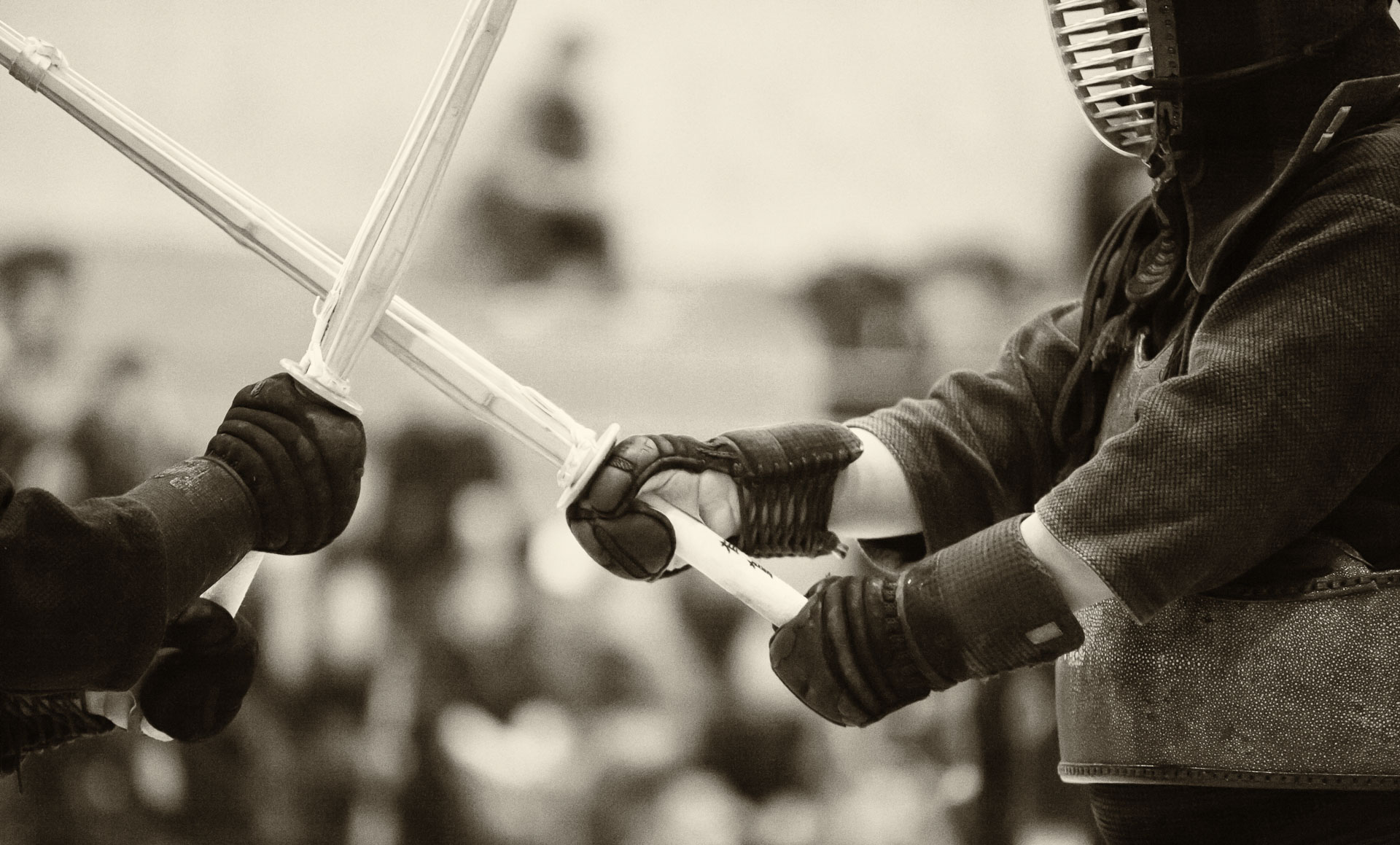
I’ve been a fan of a personal productivity tactic referred to by Robert Boice as brief regular session, or BRS for short. His research on work patterns of university professors from different disciplines shows that those who wait for large, uninterrupted chunks of time to do their academic work (mostly, writing) tend to be less successful according to various more-or-less objective metrics (ability to obtain tenure, publish highly-cited papers, etc.) Instead, a more effective strategy is to make regular, even if microscopic, progress by working in BRSs. This approach fits nicely with the idea of starting and stopping the work sessions before you are subjectively ready, but it flies in the face of another compelling tactic that calls for long, uninterrupted periods of time for doing deep work, which was popularized by Cal Newport. Newport defines deep work as a challenging activity, for which you are uniquely qualified.
I really like Newport’s uninterrupted deep work idea, but find the BRS approach more practical in terms of making consistent progress and avoiding procrastination. I think that there is a caveat to it, though: depending on the type of work, there is a lower limit for how brief a BRS can be. In other words, there is a minimum amount of time that I need to spend on task in order to make any progress. For example, when I am editing videos, either for classes that I teach or simply for fun, documenting the games that we play with my daughter (like the one below), I need to spend a finite chunk of time of watching raw footage, defining the cut-in and -out points and placing at least several clips together in the timeline. If I don’t do at least that much in a given editing session, I would effectively need to start from scratch the next time.
Finding this minimal effective dose for different types of work is generally not easy. In some cases, you might enjoy the activity so much, that you would enter the state of flow, where you literally lose the sense of time and blow through the time limit you might have set for yourself. A flow state, or more specifically, maximizing the time spent in a flow state, of course, is the goal, so if it happens regularly, there is certainly nothing to complain about.


















